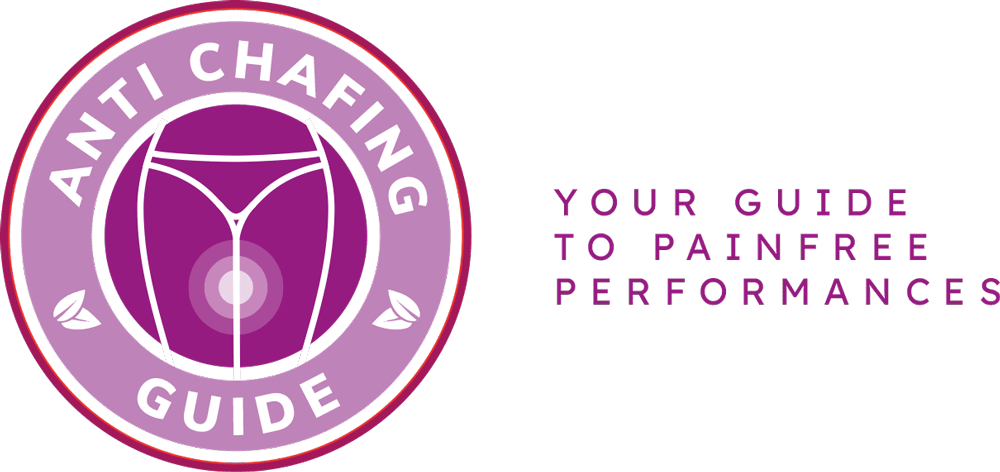Are you tired of the painful sores and discomfort caused by chafing? Look no further! In this article, we will unveil the secrets to soothe and heal those pesky chafing sores. We understand how frustrating and painful chafing can be, so we have gathered effective remedies and tips to help you find relief.
Chafing occurs when there is friction between the skin, often exacerbated by moisture and certain clothing materials. But fear not, there are steps you can take to prevent chafing from occurring in the first place. By wearing breathable fabrics and using lubricants, you can minimize friction and reduce the chances of developing painful sores.
However, if chafing has already taken its toll on your skin, there are home remedies that can help promote healing. Aloe vera, with its soothing and anti-inflammatory properties, can provide much-needed relief. Applying coconut oil can also moisturize and nourish the affected area. And let’s not forget the wonders of an oatmeal bath, which can help alleviate itching and soothe irritated skin.
So, whether you’re looking for prevention tips or remedies to heal existing chafing sores, we’ve got you covered. Say goodbye to discomfort and hello to smooth, healthy skin!
Causes of Chafing
Chafing, a common skin condition that causes painful sores, can be triggered by various factors. Friction, the primary cause of chafing, occurs when two body parts or clothing rub against each other repeatedly. Moisture, such as sweat or wet clothing, can exacerbate friction and increase the likelihood of chafing. Additionally, certain clothing materials, like rough fabrics or those that do not allow for proper ventilation, can contribute to chafing.
To prevent chafing, it is important to address these underlying causes. One effective way to reduce friction is by wearing properly fitting clothing that is made from breathable materials. Opting for moisture-wicking fabrics can help keep the skin dry and minimize the risk of chafing. Applying a lubricant or anti-chafing cream to areas prone to friction can also provide a protective barrier.
In conclusion, understanding the causes of chafing and taking preventative measures can help alleviate discomfort and promote healthier skin. By being mindful of friction, moisture, and clothing materials, individuals can minimize the occurrence of chafing and enjoy greater comfort in their daily activities.
Home Remedies for Chafing
When it comes to soothing and healing chafed skin, there are several natural remedies and treatments that can be easily done at home. These remedies are not only effective but also gentle on the skin, providing relief from discomfort and promoting healing.
One of the most popular home remedies for chafing is aloe vera. Known for its soothing properties, aloe vera gel can be applied directly to the affected area to reduce inflammation and provide instant relief. Similarly, coconut oil is another excellent option. Its moisturizing and antibacterial properties help to nourish the skin and speed up the healing process.
In addition to aloe vera and coconut oil, taking oatmeal baths can also help soothe chafed skin. Oatmeal has anti-inflammatory properties that can reduce itching and irritation. Simply add a cup of finely ground oatmeal to a warm bath and soak for 15-20 minutes. This will not only alleviate discomfort but also promote healing.
By exploring these natural remedies and treatments, you can find relief from chafing and help your skin heal. Remember to always listen to your body and give it the care it deserves!
Frequently Asked Questions
- What is chafing?
Chafing is a skin irritation caused by repetitive friction. It often occurs in areas where skin rubs against skin or clothing, resulting in painful sores and discomfort.
- What are the common causes of chafing?
Chafing can be caused by various factors such as friction, moisture, and clothing materials. Activities like running, cycling, or wearing tight clothing in hot weather can increase the risk of chafing.
- How can I prevent chafing?
To prevent chafing, you can take several measures. Use lubricants or powders to reduce friction, wear moisture-wicking and breathable clothing, keep the affected areas clean and dry, and avoid wearing tight or rough fabrics.
- What are some home remedies for chafing?
There are several effective home remedies for chafing. Applying aloe vera gel, coconut oil, or petroleum jelly can soothe the affected skin. Taking oatmeal baths or using chamomile tea compresses can also provide relief.
- When should I seek medical help for chafing?
If the chafed skin becomes infected, shows signs of pus or severe inflammation, or does not improve with home remedies, it is advisable to consult a healthcare professional for further evaluation and treatment.
- Can chafing be prevented in athletic activities?
Absolutely! To prevent chafing during athletic activities, make sure to wear moisture-wicking and properly fitted clothing. Applying anti-chafing balms or using specialized athletic tapes can also provide added protection.


Keith is originally from Truckton, Colorado. The 54-year-old cared for his overweight wife for many years. Keitch is also a freelance editor at antichafing.net and supports the team as a competent advisor. In his spare time Keith enjoys reading books, visiting his homeland and is a passionate product tester for well-known manufacturers.

